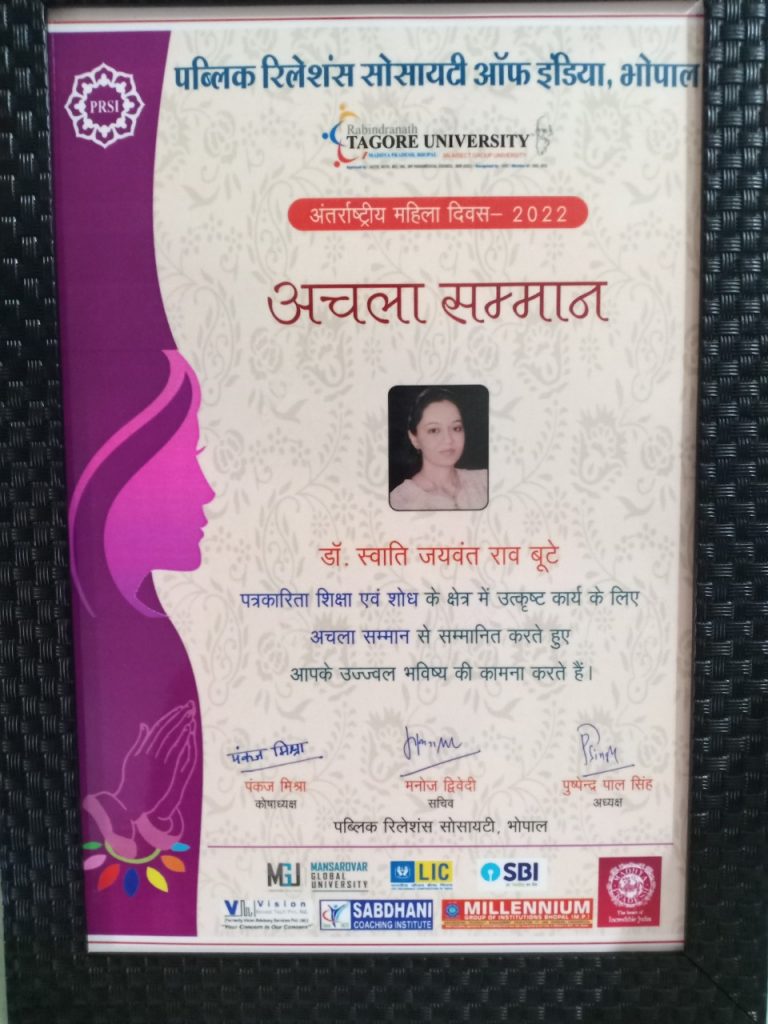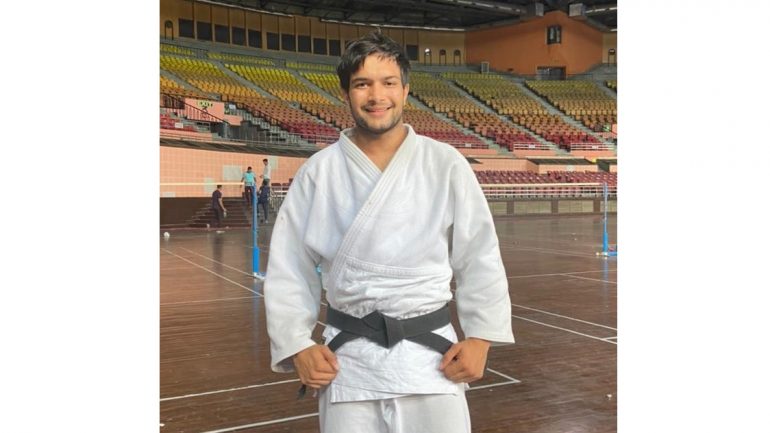The President of India, by the power granted to him under Article 124(2), has appointed Justice Nuthalapati Venkata Ramana as the 48th Chief Justice of the Supreme Court of India or Chief Justice of India (CJI). Justice Ramana took oath on 24th April 2021 to serve a fifteen-month long term.
As a life-long learner of law, one can’t help but be fascinated by the functional and administrative aspects of the highest court of the country. Indian Constitution provides for a strongly independent and autonomous judiciary and aims for a robust and accountable judicial system. However, the functioning of the Supreme Court’s Collegium (which comprises of five senior-most judges of the Apex Court) and the criteria under which a mechanism for the appointment of the Chief Justice and other Judges have always been a matter of great deliberation. The same is majorly governed by an age-old convention and almost seems mechanized.
Though the Indian Constitution is silent on the manner of appointment of Chief Justice of India, a Memorandum of Procedure released by the Department of Justice, Ministry of Law and Justice, Govt of India, lays down the following regarding the appointment to the office of the CJI;
- Appointment should be of the senior-most judge of the Supreme Court who is considered fit to hold the office;
- Union Minister of law would seek the recommendation of the outgoing Chief Justice of India for the appointment of the next;
- Whenever there is any doubt about the fitness of the senior-most Judge to hold the office of the Chief Justice of India, consultation with other Judges as envisaged in Article 124 (2) of the Constitution would be made for the appointment of the next Chief Justice of India.
- After receipt of the recommendation of the Chief Justice of India, the Union Minister of Law will put up the recommendation to the Prime Minister who will advise the President in the matter of appointment.
- The President then administers oath to the appointed Chief Justice of India.
It has been a long-established convention wherein the outgoing CJI names his successor and his recommendation is final and the appointment becomes a mere formality. At present, there is no constitutional mandate regarding the appointment of a Judge to the office of CJI, rather it is a tradition wherein the senior-most Judge next in line is appointed as the CJI. As per tradition, it is a clear argument that if a Judge is fit to hold a position in the Supreme Court, he is fit to hold the office of the CJI and the primary criteria is to be the senior-most in line. It is worth mentioning at this point that “senior-most” does not mean the oldest in terms of age. Seniority, for this purpose, is defined by the number of years an individual has served as a Judge of the Supreme Court.
In a situation where two judges have served for the exact same time because they were appointed as SC judges on the same day, other factors are used to determine the seniority of the judges, for example, which judge has more years of experience in the high court and if either of them were nominated from the bar directly. A situation arose ahead of the appointment of Justice Dipak Misra, as both Justice Misra and Justice Chelameswar were sworn in on the same day as judges of the SC on October 10, 2011. Despite being four months younger, Justice Misra was appointed as the CJI in August 2017.
Amid the existing state of affairs, one is compelled to analyze the role of the government in such an appointment. For instance, who decides whether the senior-most Judge is fit to hold the office of the CJI? Is the recommendation of the outgoing CJI immutable? And, has there ever been an instance where the opinion of other judges was sought by the government? The answers to these questions are important but not at the cost of judicial autonomy, it seems. There have been cases in the past where appointments to the office of CJI were clouded with massive controversies and caused friction between the government and the judiciary.
As far as our judicial history goes, the tradition behind the appointment of CJI has been duly adhered to. The only two controversial exceptions – Justice Ray and Justice Beg – can be traced back to the reign of Late Prime Minister Ms. Indira Gandhi. Justice AN Ray was appointed as CJI in 1973 despite being fourth in terms of seniority after Justices JM Shelat, KL Hegde and AN Grover.
The reason was the involvement of these three judges in the landmark Kesavananda Bharati case, which had held that Parliament cannot make amendments to the Constitution that would alter its “basic structure”. Whereas, Justice MH Beg was appointed as the CJI in 1977 despite Justice HR Khanna being senior. This was because of Justice Khanna’s minority judgment in the ADM Jabalpur case. Justice Khanna had laid down that he did not agree with the government’s argument that detention of persons during the Emergency cannot be questioned, even if mala fide and without the authority of law.
Now, coming to our current CJI-designate. Justice Ramana’s contribution to the legal system, without question, has been remarkable and exemplary. He has previously been the Chief Justice of the Delhi High Court and acting Chief Justice of the Andhra Pradesh High Court. He has also served as the President of the Andhra Pradesh Judicial Academy. As Executive Chairman of the National Legal Services Authority, Justice Ramana was responsible for making India’s legal aid programme the largest in the world, wherein legal aid is not only provided on the basis of ‘means test’ rather on basis of fixed categories.
Read more at https://www.legalbites.in/appointment-of-the-48th-chief-justice-of-india/






